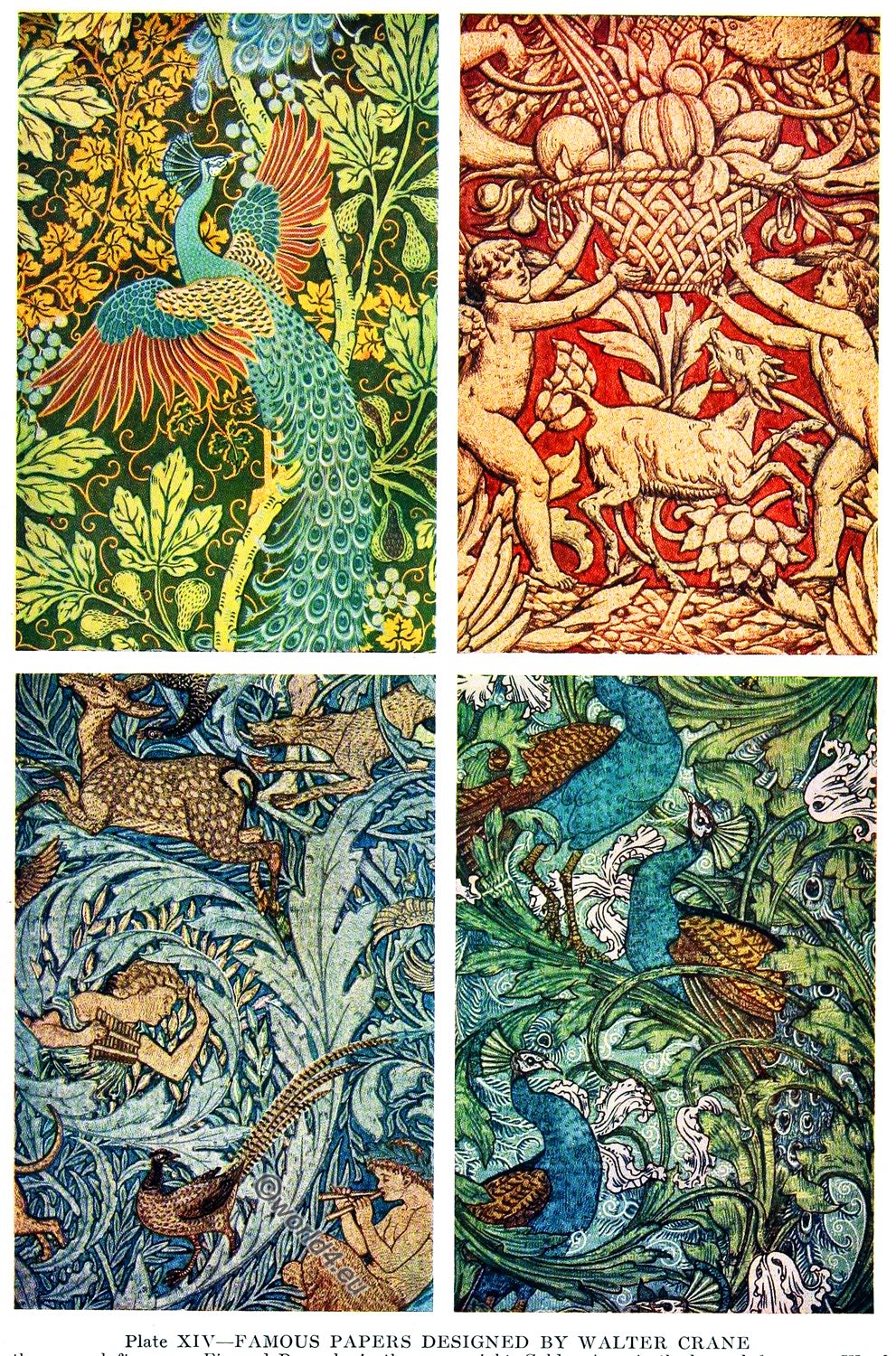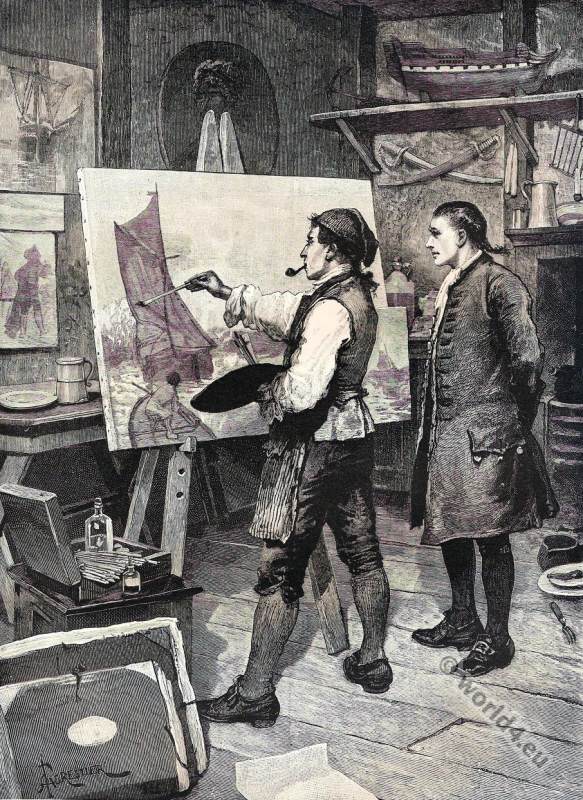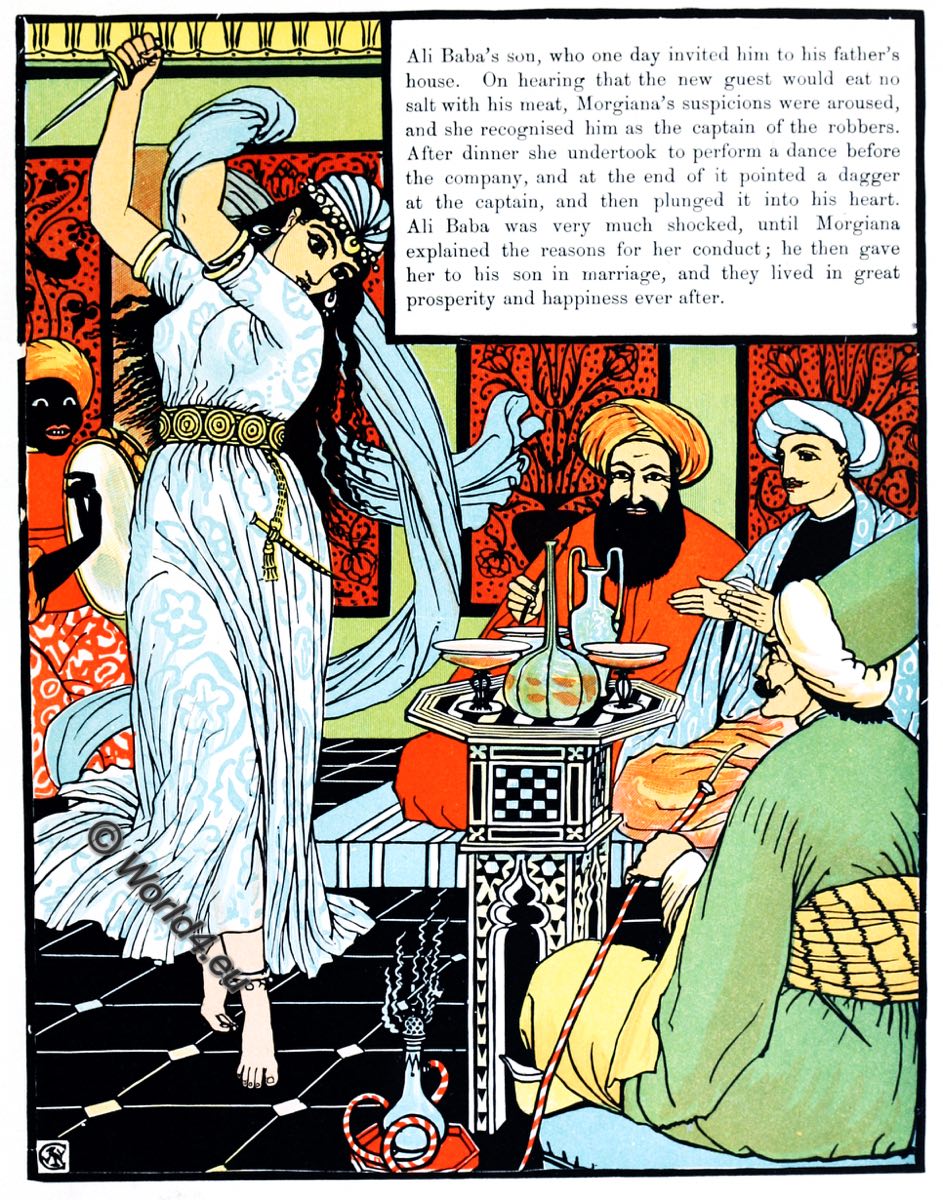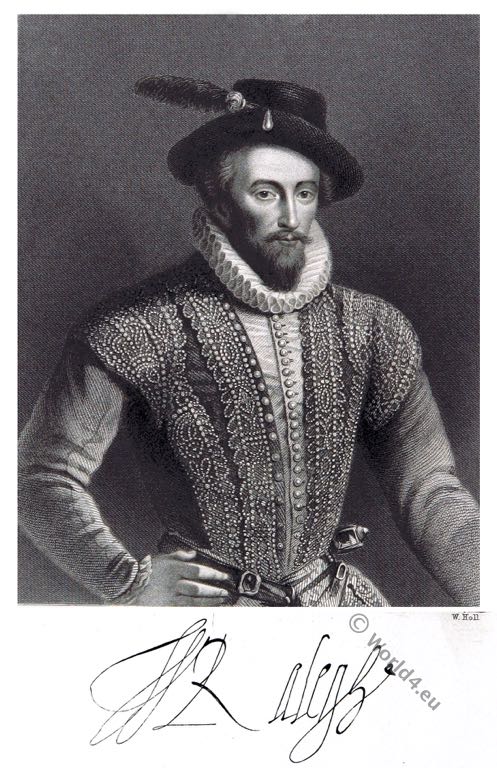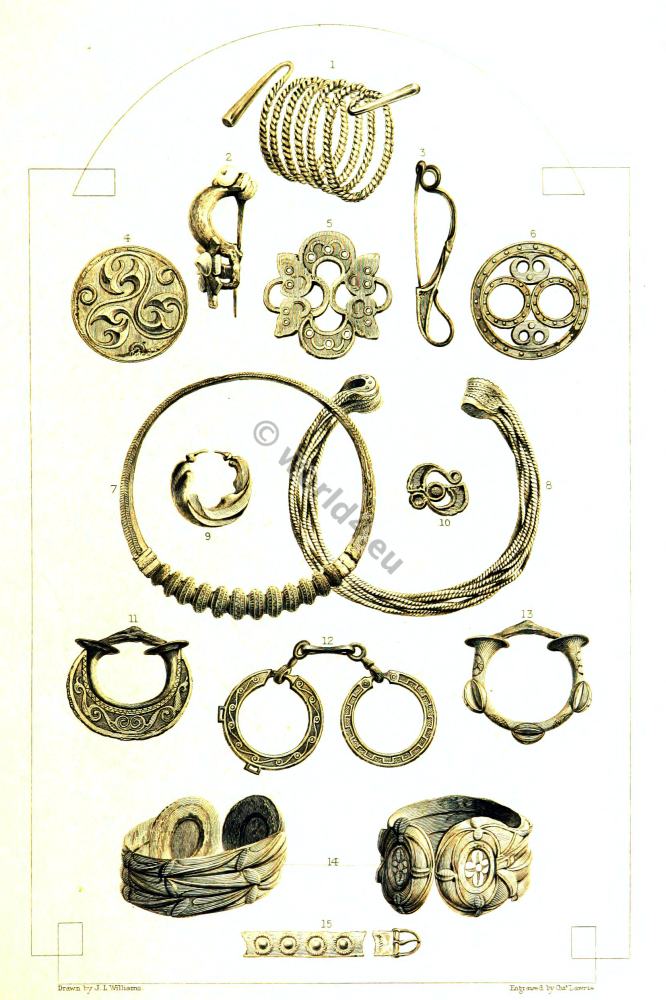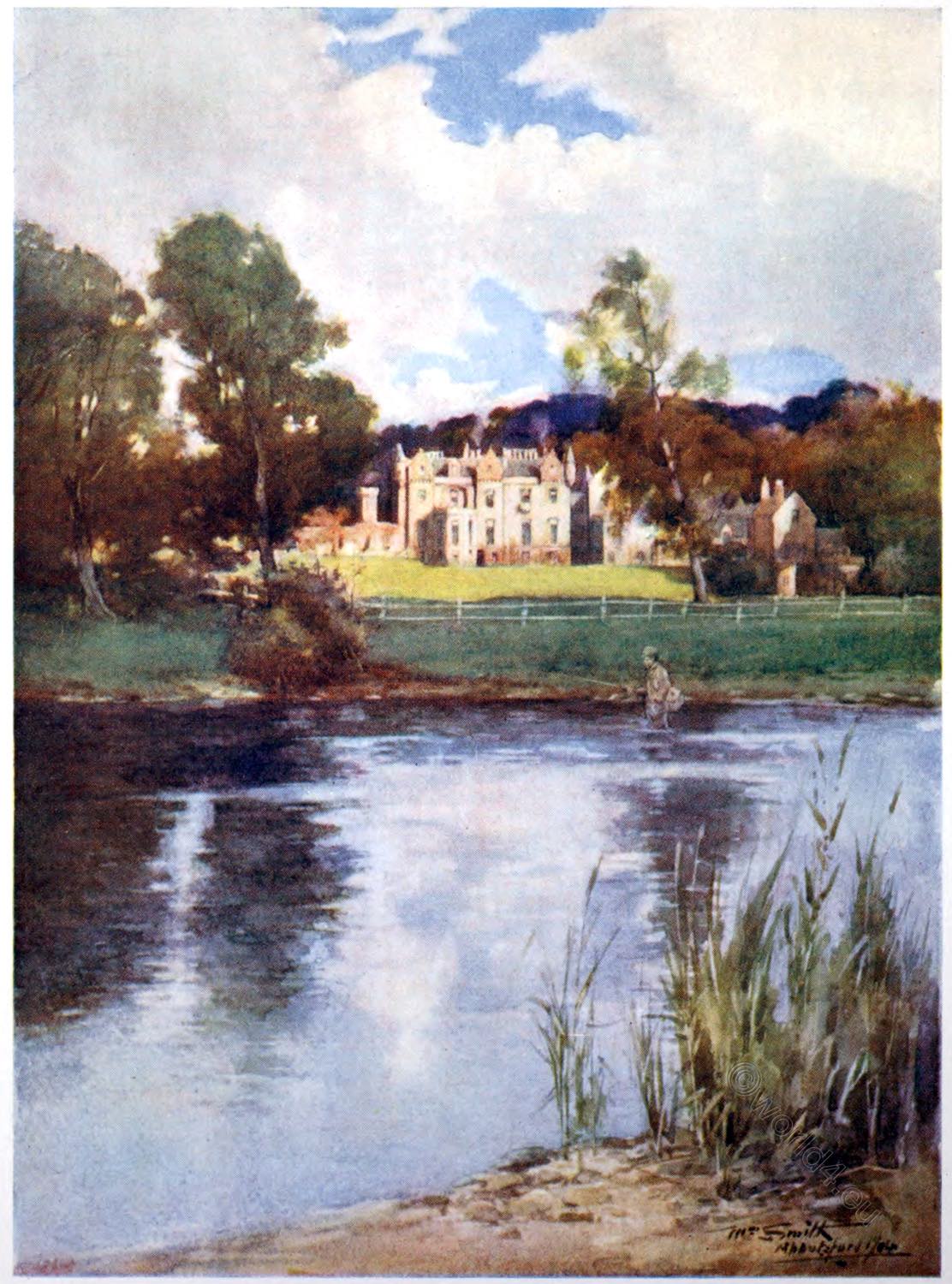Rob Roy’s Sporran and Skene Dhu.
Skean dhu (other spellings: sgian Dhub, skhian dubh, skein dubh or skene you or skean dhu) is a traditional Scottish knife, also known as “stocking dagger”. Since the 18th century the Sgian dubh belongs to Kilt equipment of the Highland Scots.
It was covered worn as it was the Scots prohibited by the Disarming Act to bear arms. The handle is traditionally made of ebony, the scabbard with leather coated wood. The metal fittings are made of silver plated brass. The name is Gaelic, meaning “black dagger”, although it is not sure what black refers. A sporran (Scottish for “purse”) is part of the traditional clothing of the inhabitants of the Scottish Highlands.
ROB ROY’S sporran is of very strong thick skin with a semicircular clasp, ornamented with concentric circles, and a single line with fine dog-tooth on the upper side. The skin is sewn to the clasp by thongs, and the front has a raised five -pointed star, and a waving line. The top of the clasp is ornamented with lines, and has had three knobs. At the back is a brass knob in the centre, and on either side a strong flat metal loop. This gabion was given to Sir Walter by Mr. Constable, as we learn by the following letter:
MR. SCOTT TO MR. CONSTABLE. “ABBOTSFORD, 11th October 1817.
“DEAR SIR, I have to return you my best thanks for the curious letters one by my father’s grandfather, the Laird of Newmains; one respecting Harden, who appears to have been, like some of his descendants, occasionally short of cash. They are, however, a thriving generation in their way, and taking them on the whole. I have bought Totfield, which will clear the sporran which you have so lately filled. I fancy, by the very curious purse you have so obligingly given me, you had a mind to give me a hint how to keep my cash; for if I once could put it into Rob Roy’s leathern convenience, I defy any one to find the means of getting it out again. Hitherto our united ingenuity has not been able to find the mode of opening it. However, if I can put no money into the Highlandman’s sporran I can contrive to make them put some into mine, which is as much to the purpose. (Signed) WALTER SCOTT. “The stone from Linlithgow is very curious.”
It is doubtful whether we may assert this sporran to be the same as that described at page 392 of the novel of Rob Roy, but we cannot refrain from quoting the passage so appropriate to this gabion.
“‘I advise no man to attempt opening this sporran till he has my secret,’ said Rob Roy, and then twisting one button in one direction, and another in another, pulling one stud upward, and pressing another downward, the mouth of the purse, which was bound with massive silver-plate, opened and gave admittance to his hand. He made me remark that a small steel pistol was concealed within the purse, the trigger of which was connected with the mounting and made part of the machinery, so that the weapon could be discharged, and in all probability its contents lodged in the person of any one who, being unacquainted with the secret, should tamper with the lock which secured his treasure. ‘This,’ said he, touching the pistol, ‘this is the keeper of my privy purse.’
Rob Roy’s skene dhu is a strong dangerous-looking weapon, 8 in. in length, including handle, and 1 3/8 inch at widest part of blade. The handle is cross hatched by deep cut lines and mounted with silver. The end is set with a pale-coloured cairngorm which is drawn full size. The blade has the maker’s name, M’Leod, engraved upon it. The sheath is of black leather, mounted at both ends with broad bands of silver. The skene dhu, or black knife, which formed part of a Highlander’s equipment, was used for the purpose of despatching game, or for other servile purposes for which they objected to use their dirks. Unfortunately nothing is known of the history of this weapon, nor is it known how it came into Sir Walter’s possession.
Source: Abbotsford, the personal relics and antiquarian treasures of Sir Walter Scott. Illustrated by William Gibb – Maxwell-Scott, Mary Monica (Hon), 1852-1920.
Related
Discover more from World4 Costume Culture History
Subscribe to get the latest posts sent to your email.


